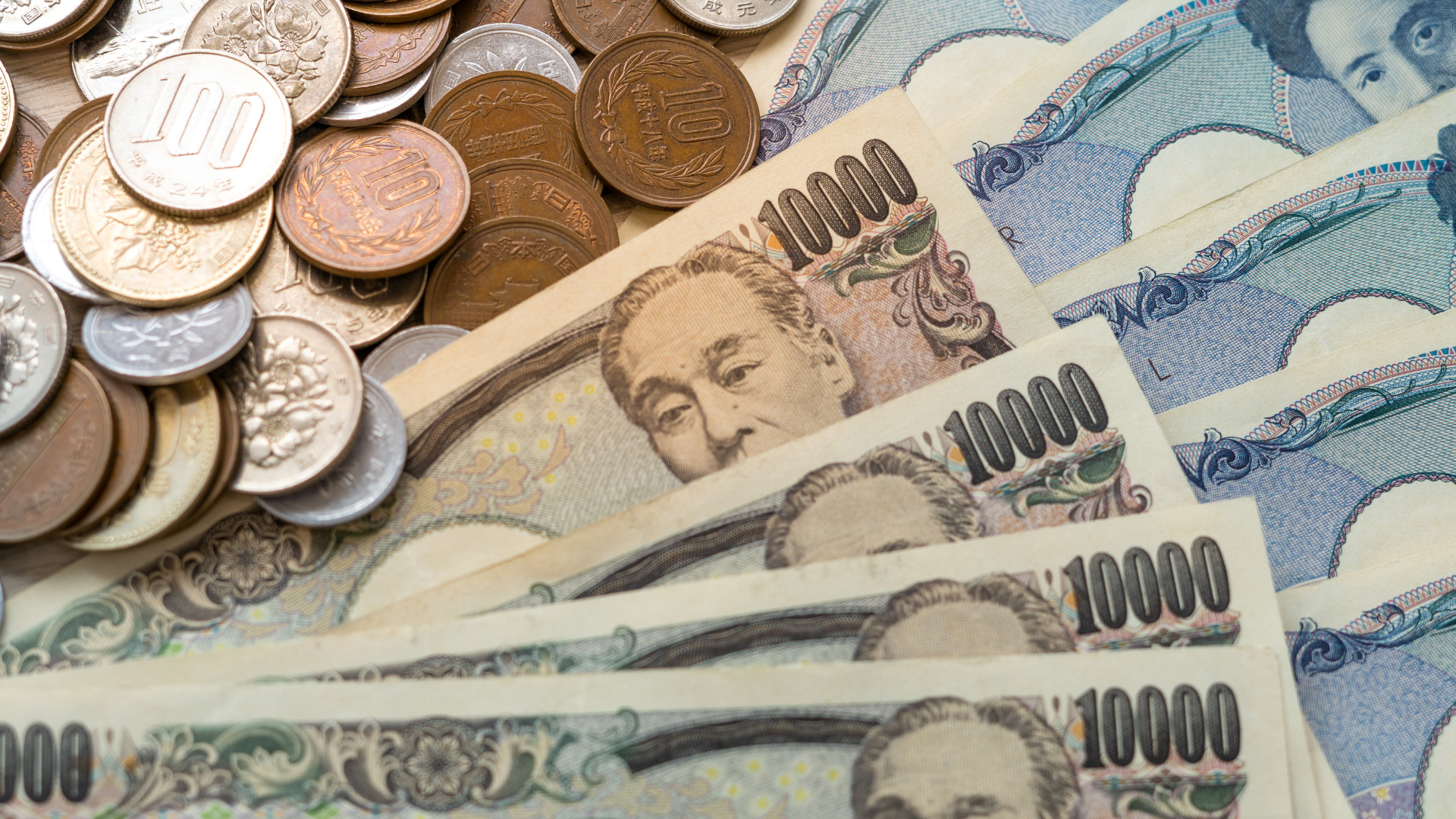The Japanese yen has extended its downward trajectory against the US dollar, falling to a fresh monthly low as the currency faces continued pressure from a combination of factors. The yen weakened to ¥142.5 per USD, marking a notable drop amid rising US bond yields and Japan’s own economic struggles.
Market analysts point to the widening interest rate differential between the US and Japan as a key driver of the yen’s decline. While the US Federal Reserve maintains its hawkish stance, keeping interest rates elevated, the Bank of Japan (BOJ) has been slower to act, maintaining a more dovish policy to support economic recovery. This divergence in monetary policy continues to attract capital flows into the US, exacerbating the yen’s depreciation.
Investors are closely monitoring any potential intervention by the BOJ, but analysts remain skeptical, noting that Japan’s central bank has historically been reluctant to take aggressive action in the currency market. Additionally, Japan’s low inflation and stagnant economic growth have left little room for policy shifts that might stabilize the yen.
The yen’s weakening has raised concerns among Japanese exporters, as a weaker currency increases the cost of imports, contributing to inflationary pressures in the country. On the flip side, exporters benefit from a depreciated yen in international markets, boosting their profit margins.
As global markets continue to digest the ongoing economic dynamics, attention will likely remain focused on the BOJ’s policy decisions and any signs of intervention that could alter the yen’s course.
















